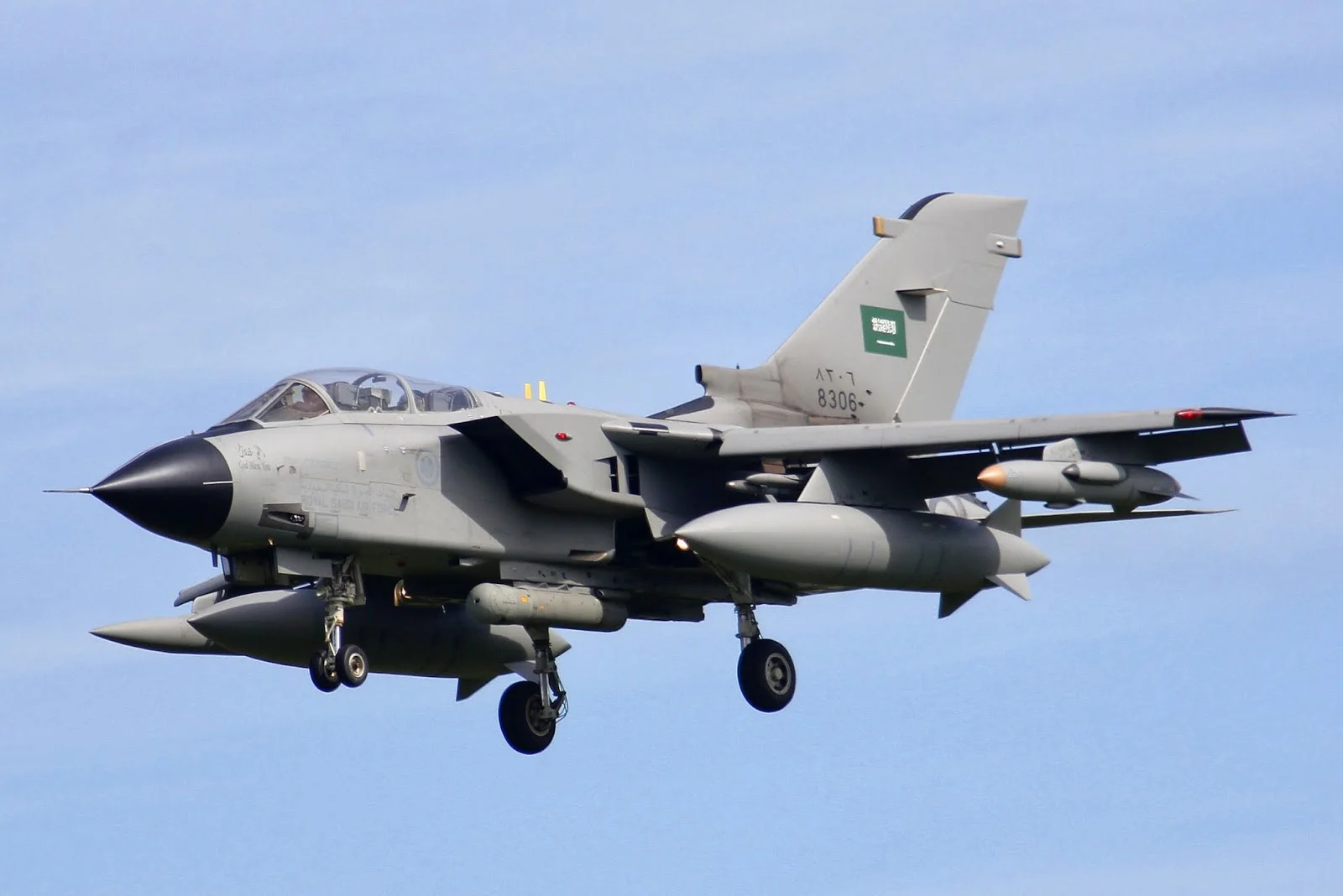Saudi Arabia Refuses to Allow US Fighter Jets Airspace Access for Houthi Strikes
The Pentagon according international media sources have confirmed on Riyadh's refusal to allow US and allied combat aircraft access to its airspace for such missions against the Houthi in Yemen.
(DEFENCE SECURITY ASIA) — The Saudi Arabian government is reportedly refused to grant permission for United States and allied fighter jets to utilize its airspace to target the Houthi armed group in Yemen.
The Pentagon according international media sources have confirmed on Riyadh’s refusal to allow US and allied combat aircraft access to its airspace for such missions against the Houthi in Yemen.
This stance emerged following a decision by several Arab nations to limit the permissions extended to US and its allies’ fighter jets for conducting airstrikes on Iran-backed proxy groups from their airbases.
Countries like Saudi Arabia and the United Arab Emirates (UAE) aim to maintain the newly established positive relations with Iran and avoid disruptions caused by US and allied military actions against pro-Iran armed factions in the region.
Gulf nations, in particular, host a significant number of US and allied military assets, including fighter jets, reconnaissance aircraft, refueling planes, and armed drones.

Reports from US media, including Politico, indicate that Gulf Arab countries, notably the UAE, are now restricting US and allied combat aircraft from launching airstrikes on Iran-proxy groups from their bases.
These reports, citing senior US Defense Department officials, also highlight tensions between senior UAE officials and Washington regarding airstrikes from their territory against Iran-proxy groups.
Gulf Arab states are keen on preserving and enhancing the newly forged relations and camaraderie with Iran after years of tensions stemming from various disputes.
The geopolitical and military strategizing in the Gulf region has impacted combat aircraft such as the A-10 “Warthog” ground attack aircraft and MQ-9 “Reaper” armed drones.
These US-owned A-10 “Warthog” and MQ-9 “Reaper” drones have been prohibited from launching airstrikes from certain Gulf airbases, such as Al-Dhafra in the UAE.

Besides the A-10 and MQ-9 “Reaper” drones, the Al-Dhafra airbase also hosts US F-16 fighter jets.
However, the United States maintains several aircraft carriers in the region and the Mediterranean, equipped with hundreds of fighter aircraft used for targeting Iran-proxy groups in the Middle East.
Observers note that the Gulf Arab governments’ restrictions also aim to mitigate public anger over the “unwavering support” by the United States and its allies for Israel’s actions in the Gaza Strip.
Following a deadly drone attack by an Iran-proxy group in Jordan, which killed three US soldiers, the United States and allies like Britain have conducted airstrikes against Iran-proxy positions mainly in Syria and Iraq.
Gulf Arab nations such as Saudi Arabia and the UAE are actively seeking to improve relations with Iran, with China serving as a mediator.

This Chinese mediation has led to positive developments, with Tehran and Riyadh restoring diplomatic relations last year and the foreign ministers of both countries visiting each other’s capitals, further strengthening bilateral ties.
An Iranian delegation also participated in the recent World Defense Show 2024 in Riyadh, signifying a move towards regional diplomacy and cooperation. — DSA


Comments are closed.